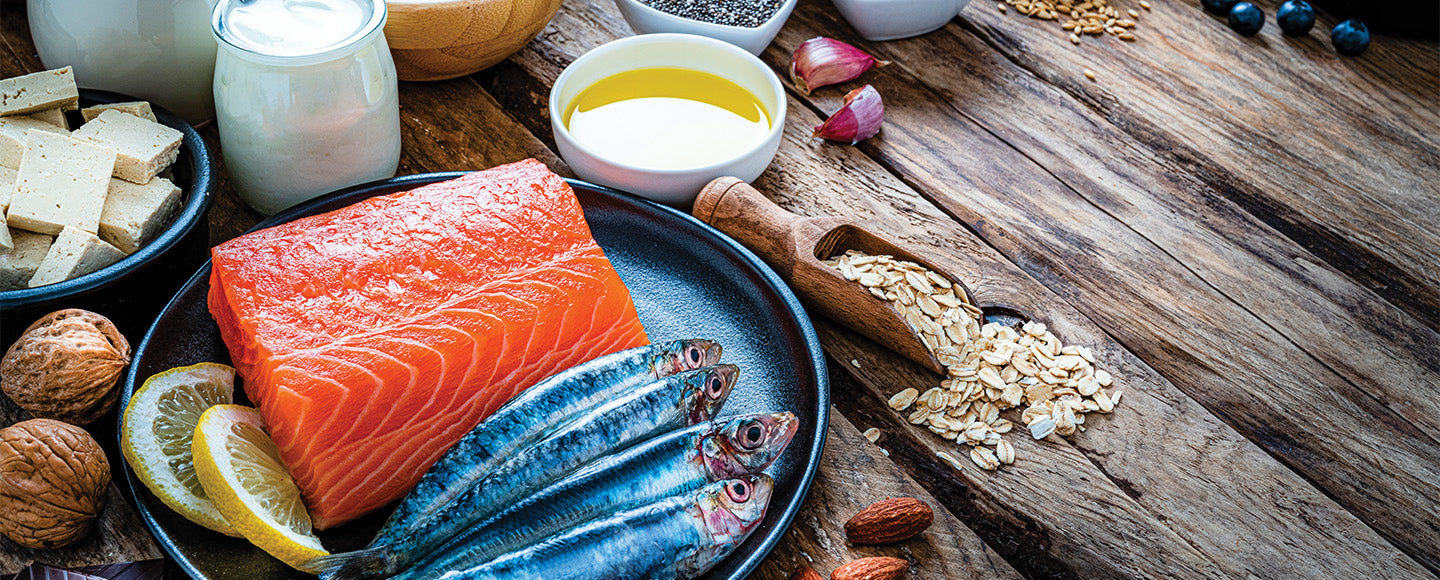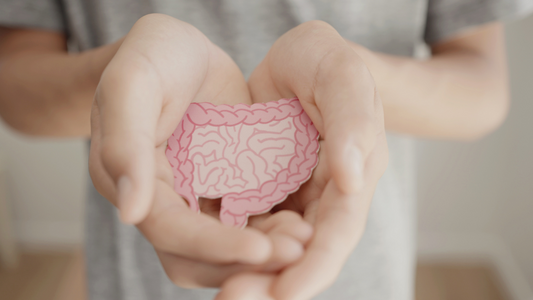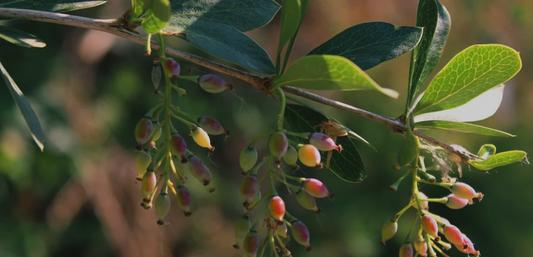
Understanding Inflammation
share
What is inflammation?
The word inflammation is derived from the latin word, “inflammatio”, which translates to ‘ignite’ or to ‘set fire’. During the 1st century AD, the Roman scholar and medical encyclopaedist Aulus Cornelius Celsus described the clinical symptoms of inflammation, as: calor (heat), dolor (pain), rubor (redness) and tumour (swelling). With thousands of years in medical advances, the understanding of inflammation’s pathogenesis has subsequently expanded into a sophisticatedly coordinated cascade of events. The 5 cardinal symptoms are: heat, pain, redness, swelling and a limited range of motion.
Inflammation is a defence mechanism and essential component in the healing process where the body attempts to maintain homeostasis by repairing affected structures and restoring function, in order to return the site of damage back to its pre-injury state. Inflammation is produced by the body when it interprets trauma or potentially harmful agents and in response stimulates a series of immune reactions, however depending on the cause of inflammation, the process may slightly differ and involve condition specific immune reactions. For example, inflammation from physical injuries, skin irritation and sinus allergies will have unique immune responses such as the chemicals stimulated and pathways allowed, although the common phases of the inflammation cascade are as followed:
Understanding the inflammation process
The process of inflammation is initiated by a varying degree of trauma or damage, which can occur either internally or externally. The initial trauma which triggers inflammation can be due to virtually anything that causes damage to our body cells, tissues, organs or other structures. Common causes could include injuries, infections, allergens, certain medications, chronic stress and exposure to harmful pathogens, irritants, toxins or chemicals. There is a diverse range of inflammation causes, examples may range from a paper cut, pollen, certain foods, topical sensitives, sprained ankle, broken bone or underlying health conditions i.e. arthritis. Inflammation is a multi-factorial however the progression has various influences, such as: genetic predisposition, medical history, lifestyle and dietary factors, age, weight, immune function, sensitivities and allergies and current health status.
The first response is the immediate recognition of trauma to the cells which is detected by sentinel cells, such as mast cells or macrophages. These immune sentinel cells are often referred to as the body's first line of defence as their duty is to recognise damage or harmful microbes and signal for a recruitment of inflammatory factors to regulate and remove the damage, thereby commencing the immune-inflammation cascade. In this acute phase, there is a stimulation of chemicals and hormones such as histamine which assists in the breakdown of our blood barriers at a microcirculatory level. The release of histamine increases local blood flow and a process of vasodilation takes place where blood vessels dilate and enlarge, resulting in an increased capillary permeability. The vasodilation facilitates the transportation of inflammatory factors including plasma and White Blood Cells (WBC) at the site of injury. This activation causes the presentation of heat and redness and can generally last 2-5 days.
In the sub-acute phase, the focus is removing acquired threats and repairing damaged structures. The immune WBC’s migrate towards the affected area where they stimulate the release of inflammatory mediators such as antibodies, immunoglobulins (IgE), cytokines (IL, TNF) and prostaglandins (PGE2). Inflammatory mediators are essentially ‘messengers’ that promote stimulation of immune responses. This stimulation causes an accumulation of various active hormones, chemicals and plasma proteins which then actively work together in removing the damaged cells. The localised concentration of substances is what causes swelling. An additional process in this phase is the production of Nitric Oxide (NO), which is a ‘pain producing’ substance. The local release of NO signals the nervous system for the generation of the pain sensation, which interestingly is a protective mechanism the body makes! If the structure that is inflamed is experiencing pain, we are more likely to protect the area. A fifth symptom is also observed here, a limited range of motion which is another protective method. The repair and removal of cellular waste can have a duration lasting up to approximately 6-8 weeks. Throughout this sub-acute phase, the main pathway involved is the cyclooxygenase (COX) pathway.
The final stage is known as the chronic phase, where remodelling and maturation of the original injury or trauma takes place. Once the inflammation inducer has been removed, the process of wound healing and/or tissue repair occurs, where damaged tissue is regenerated or they may be replaced with collagen strands and fibroblasts to begin the remodelling process. When collagen has been generated, the strands are progressively replaced by other materials and they adapt to the original tissue. If the inflammation continues, or the structures further destruct, scar tissue or fibrosis follows. This chronic phase can last months to years, depending on the type of injury and the inflammation.
What is the difference between acute and chronic inflammation?
Inflammation may present as acute or chronic and the main influence of this is the type and intensity of trauma. In acute inflammation, the onset is rapid with short-term symptoms which may be severe, whereas chronic inflammation has a long-term presentation with a prolonged duration that may last years. In some cases, chronic stressors causing inflammation can have a suppressive effect on the immune system in contrast to the acute stressors which enhance immediate adaptive immunity. In this scenario, sustained stressors may actually over-activate the immune system causing an imbalance of pro-inflammatory and anti-inflammatory mediators in the body, causing chronic inflammation. Chronic inflammation has a negative impact on overall health including our cells, tissues and organs which in-turn can increase the risk of developing disease and poor health states.
Tips to help better manage inflammation
- Just as there are various factors contributing to the progression of inflammation, there are also multiple strategies for the management of symptoms, including pharmaceutical, physical therapies, dietary or lifestyle alterations and other complimentary or alternative medicine modalities.
- Some natural remedy suggestions may include herbal or nutritional sources with anti-inflammatory actions. The term ‘anti-inflammatory’ relates to a substance which has direct actions in reduces inflammation. Dietary food sources with anti-inflammatory actions can inhibit pathways such as the COX and therefore the inflammatory mediators such as prostaglandins, TNF, IL etc. described earlier also provide benefits to inflammatory conditions.
- Overall, an anti-inflammatory diet would ideally include higher intakes of antioxidant and fibre rich foods plus ensuring an adequate balance between healthy fats, proteins and carbohydrates.
Try to avoid
- In inflammatory conditions, it is advised to limit the intake of refined carbohydrates i.e. white pasta, trans fats i.e. margarine, processed meats i.e. deli meats and sugars. It is best to avoid these food groups as they aggravate inflammation and contribute to inflammation by producing Advanced Glycation End (AGE’s) and may raise blood glucose levels, with cell damaging effects.
- Lifestyle suggestions to support the anti-inflammatory diet may include moderate physical activity to maintain a healthy weight range, reducing stress levels, allowing enough sleep for cell repair and recovery and managing any associated pre-existing conditions. It is also recommended to reduce alcohol intake and smoking as they can create inflammation driving toxins in the body.
- Fun Fact: Conditions ending in ‘-itis’ indicate inflammation of a specific organ, tissue or structure. For example: derma (skin) + itis (inflammation) = dermatitis
share
Stay Informed. Feel Your Best.
Get expert tips and actionable health advice. Be the first to hear about Caruso's product launches and receive exclusive promotional offers.
Join our newsletter today.



